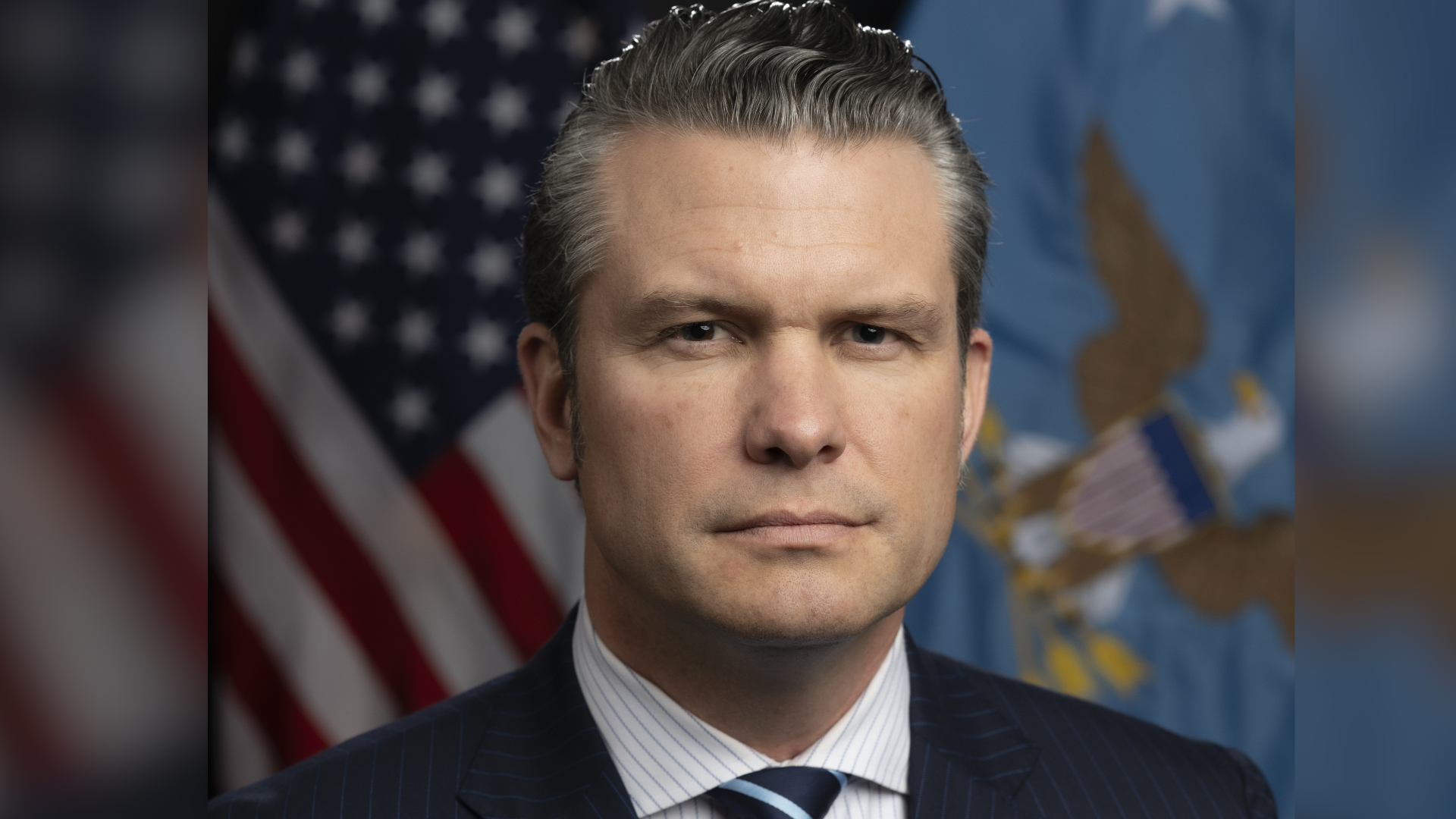The Terminal 1 of the Ninoy Aquino International Airport (NAIA) has been voted world’s worst airport in a reader poll.
According to travel website The Guide to Sleeping in Airports, Terminal 1 topped the 2011 list of the world’s least favorite when it comes to safety concerns, comfort, and facilities. The airport earlier topped the list for Asia’s worst in 2010.
Among the comments the airport got were: “Airport taxes are collected, but the money does not seem to go towards the betterment of the airport,” and “I especially advise any foreign travelers to avoid this airport, the amount of corruption and bribery is just mind blowing.”
The site also mentioned a ceiling collapse incident earlier this year.
Other “worst” airports in the list include Paris Beauvais Airport, Keflavik Airport, Bergamo Orio al Serio Airport, Kiev Airport, Frankfurt Hahn Airport, London Luton Airport, Pisa Airport, Paris CDG Airport and the Los Angeles Airport.
Although the poll was informal and based on unverified user accounts, the survey nonetheless is making a remarkable effect on the perception of travelers. The survey got a big treatment on Philippine newspapers and websites as it highlighted the long-standing problem of the airport rehabilitation.
As reaction to the survey, the Philippine government is studying options to sell Terminal 1 to raise as much as US$2.5 million for future aviation-related infrastructure projects.
According to Transportation and Communications Secretary Mar Roxas said the money to be raised would be used to develop the Diosdado Macapagal International Airport (DMIA) in Clark Freeport, Pampanga. He said DoTC estimates showed that NAIA has reached its saturation point and there was not much room for expansion.
The rated capacity of all four NAIA terminals stands at about 32 million passengers a year. It is not only reaching the limit runway-wise, but also terminal capacity-wise as well, Roxas pointed out.
While the option to sell Terminal 1 needs to be looked at, it cannot be denied that the government including past administrations deserve a lot of blame from this issue.
Terminal 1 has been hosting all international airlines except Philippines Airlines for some time now. Former President Ramos, who initiated the construction of Terminal 2, said the initial plan was to have some international airlines be transferred to the newer terminal to avoid overcrowding.
Ramos has repeatedly asked why some of the other airlines cannot be accommodated in the newer terminal. Apparently, it is not only structural inadequacies that took a toll on Terminal 1 but perhaps politics as well.
Preferential treatment was given to a particular airline at the expense of other international airlines. Thus, overcrowding causes a lot of problems including structural and systemic issues.





